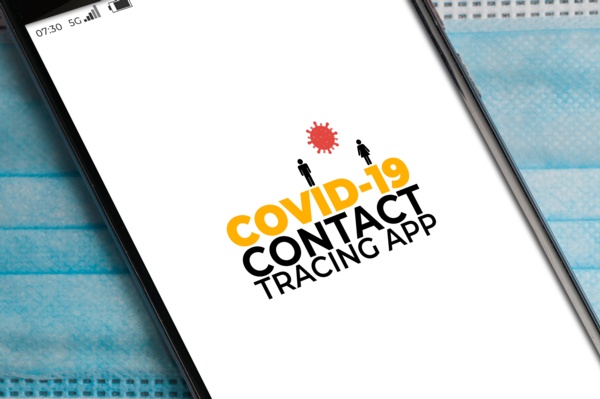
COVID-19 Contact Tracing and You
In the ongoing efforts to mitigate the spread of COVID-19, Governor Gavin Newsom launched California Connected, the state’s comprehensive contact tracing program and public awareness campaign, in late May. As part of California Connected, public health workers from communities across the state will connect with individuals who test positive for COVID-19 and work with them, and people they have been in close contact with, to ensure they have access to confidential testing, as well as medical care and other services to help prevent the spread of the virus.
How Does Contact Tracing Work?
Contact tracing is the process of identifying people who may have come into contact with a person known to be infected with COVID-19. By tracing, testing, isolating, and treating the infected, public health departments aim to reduce the spread of COVID-19. Contact tracing is vital to controlling the spread of the virus. It’s extremely important that everyone cooperate with contact tracers to make sure they get all the information needed to follow up on possible transmission of the virus. By finding spread patterns quickly, we slow infection and help avoid further outbreaks.
Under this program, health workers called contact tracers will talk to those who have tested positive for COVID-19 to gather information about persons with whom they have had close contact while infectious. Tracers will ask for those persons’ phone numbers, possible dates of exposure to others, and where that exposure may have occurred. In addition, contact tracers will provide information and directions on how persons who have tested positive for the virus should isolate and monitor their symptoms.
After receiving the necessary information, contact tracers will then call on the identified close contacts to alert them that they may have been exposed to the virus, keeping names confidential. Tracers will provide direction to such persons to isolate themselves and contact a medical provider, as well as information on how to get tested for COVID-19 and on the COVID-19 symptoms for self-monitoring.
Answer the Call
It’s imperative to answer the call from the public health contact tracers and provide the information they are requesting, so in turn, they can effectively complete the tracing process. As Governor Newsom has said, “We are all eager to get back to work and play, and that’s why we’re asking Californians to answer the call when they see their local public health department reaching out by phone, email, or text. That simple action of answering the call could save lives and help keep our families and communities healthy.”
Is It Safe to Give Out Information to Contact Tracers?
Information provided to local public health workers doing contact tracing is strictly confidential under California law. Public health authorities will not share that information with outside entities. A certified official public health contact tracer will not ask for your personal medical history, your financial information, your social security number, or about your immigration status. Below is an example of the caller ID you will see when a contact tracer calls you:

Who Can Be a Contact Tracer?
Tulare County currently has over 75 full-time contact tracers, with a goal of having over 100 contact tracers working at various locations throughout the county. To be a contact tracer, a person must have customer service skills, computer skills, and be able to pass a background check. Multi-lingual skills are preferred but not required. Currently, contact tracers in Tulare County make over $15 an hour.
Contact tracers are certified and must complete a multi-day training program, learning the foundations of contact tracing, personal health information and confidentiality laws, customer service training, and systems training for the statewide Cal Connect contact tracing system for COVID-19.
For more information on the contact tracing program, visit: https://covid19.ca.gov/contact-tracing/

